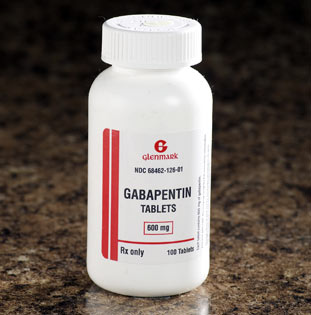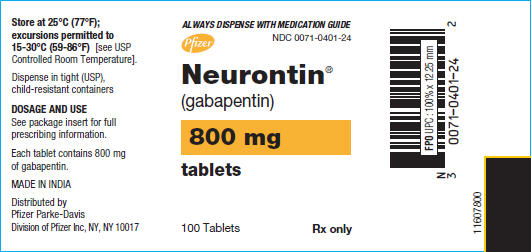Gabapentin is the generic name of a prescription drug used to treat epilepsy. Gabapentin works by decreasing abnormal excitement in the brain. It also may change the way the body senses pain. Gabapentin is in a class of medications called anticonvulsants.
Gabapentin is a medication that is commonly used to help control various types of pain. While its primary indication is for the treatment of epilepsy and seizures, it has also been found to be effective in managing certain types of neuropathic pain, including:
- Diabetic Neuropathy: Gabapentin can help reduce the pain associated with diabetic neuropathy, which is nerve damage caused by diabetes.
- Postherpetic Neuralgia: Gabapentin is often prescribed to relieve the pain that persists after an episode of shingles (herpes zoster).
- Neuropathic Pain: Gabapentin may also be used to alleviate neuropathic pain associated with other conditions, such as spinal cord injury, multiple sclerosis, and fibromyalgia.
- Chronic Pain Syndromes: In some cases, gabapentin may be used off-label to manage chronic pain syndromes, such as chronic lower back pain or chronic regional pain syndrome (CRPS).
Gabapentin works by modulating the activity of neurotransmitters in the brain, particularly gamma-aminobutyric acid (GABA), which helps reduce abnormal neuronal firing and dampens pain signals. While it may not be effective for all types of pain, gabapentin can provide significant relief for some individuals with neuropathic pain conditions.
Gabapentin is primarily used to help manage pain, particularly neuropathic pain, by altering the way the body perceives pain signals. However, it does not cure the underlying condition causing the pain.
For example, if someone has neuropathic pain due to diabetic neuropathy or postherpetic neuralgia (nerve pain following shingles), gabapentin can help reduce the intensity of the pain signals being sent to the brain. This can result in a decrease in pain sensations and improved quality of life for the individual. However, it doesn’t address the root cause of the neuropathy itself.
It’s important for individuals using gabapentin for pain management to understand that it is part of a comprehensive treatment plan that may also include physical therapy, lifestyle modifications, and other medications. Additionally, some individuals may find that gabapentin provides significant relief from their pain, while others may not experience the same level of benefit.
As always, it’s essential to work closely with a healthcare provider to determine the most appropriate treatment plan for managing pain and to monitor for any potential side effects or complications associated with gabapentin use.
The U.S. Food and Drug Administration (FDA) approved gabapentin in 1993 under the brand name Neurontin for the drug manufacturer Pfizer. The medication comes in capsule form, as a regular or extended-release tablet, and as a liquid.
Gabapentin interacts with voltage-sensitive calcium channels in cortical neurons. Gabapentin increases the synaptic concentration of GABA, enhances GABA responses at non-synaptic sites in neuronal tissues, and reduces the release of mono-amine neurotransmitters.

One of the mechanisms implicated in this effect of gabapentin is the reduction of the axon excitability measured as an amplitude change of the presynaptic fibre volley (FV) in the CA1 area of the hippocampus.
This is mediated through its binding to presynaptic NMDA receptors. Other studies have shown that the antihyperalgesic and antiallodynic effects of gabapentin are mediated by the descending noradrenergic system, resulting in the activation of spinal alpha-2 adrenergic receptors. Gabapentin has also been shown to bind and activate the adenosine A1 receptor.
Gabapentin may help to control your condition but will not cure it. Continue to take gabapentin even if you feel well. Do not stop taking gabapentin without talking to your doctor, even if you experience side effects such as unusual changes in behavior or mood.
 If you suddenly stop taking gabapentin tablets, capsules, or oral solution, you may experience withdrawal symptoms such as anxiety, difficulty falling asleep or staying asleep, nausea, pain, and sweating. If you are taking gabapentin to treat seizures and you suddenly stop taking the medication, you may experience seizures more often.
If you suddenly stop taking gabapentin tablets, capsules, or oral solution, you may experience withdrawal symptoms such as anxiety, difficulty falling asleep or staying asleep, nausea, pain, and sweating. If you are taking gabapentin to treat seizures and you suddenly stop taking the medication, you may experience seizures more often.
Your doctor may decrease your dose gradually over at least a week.
